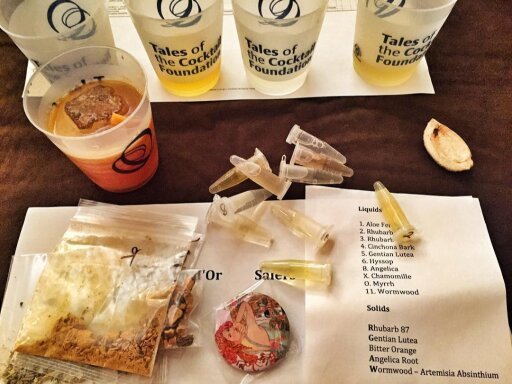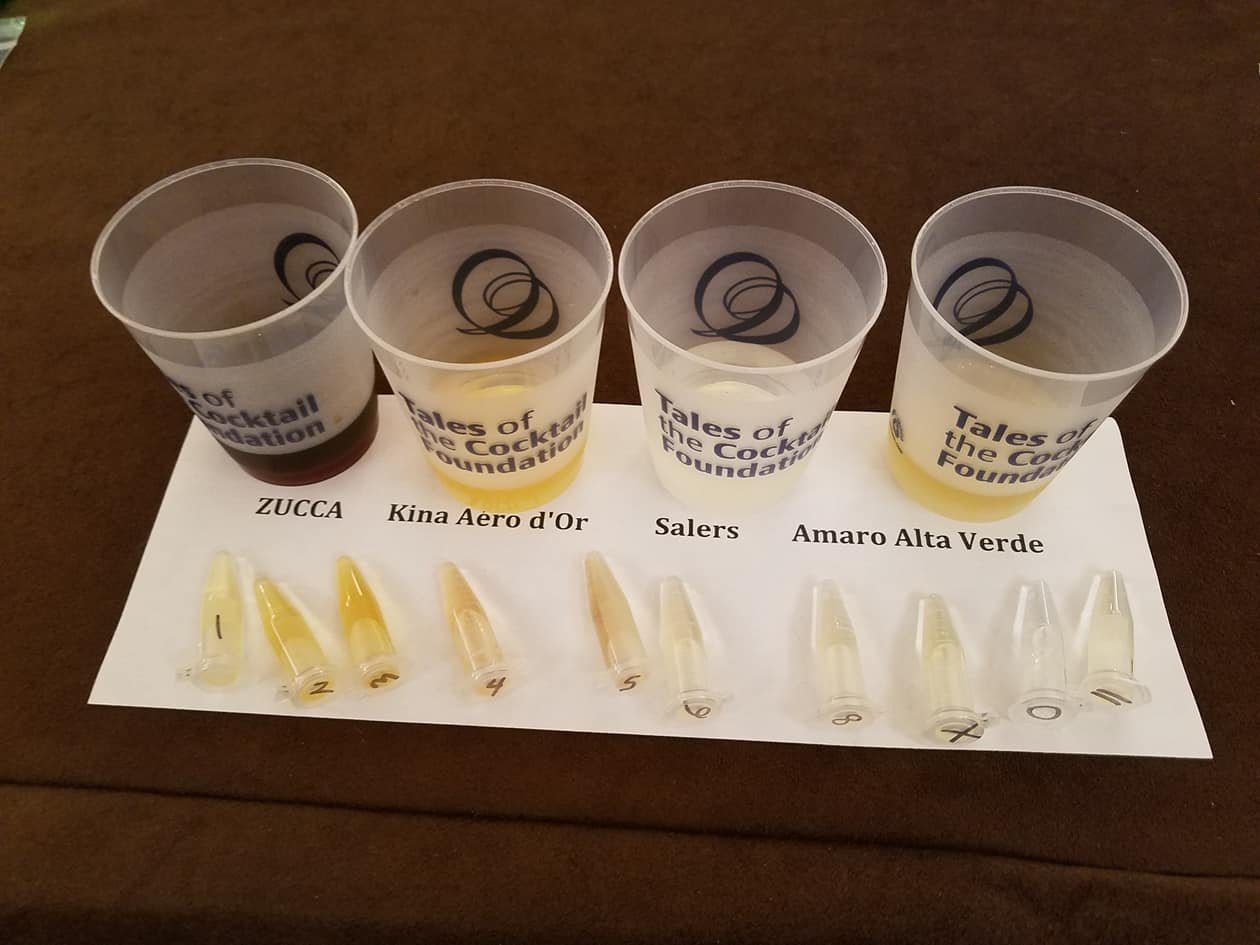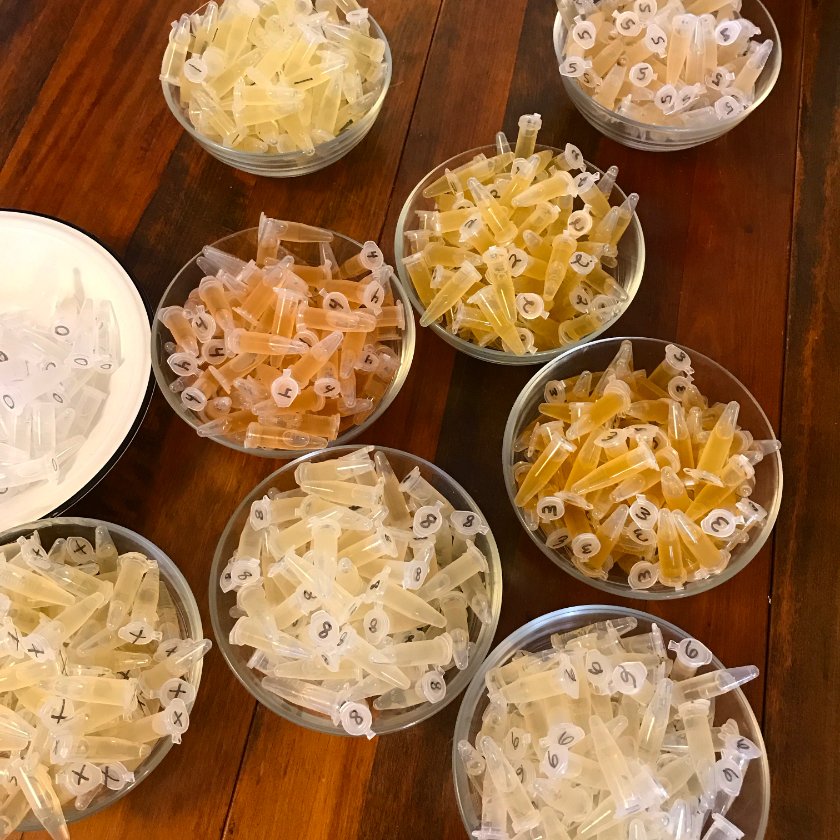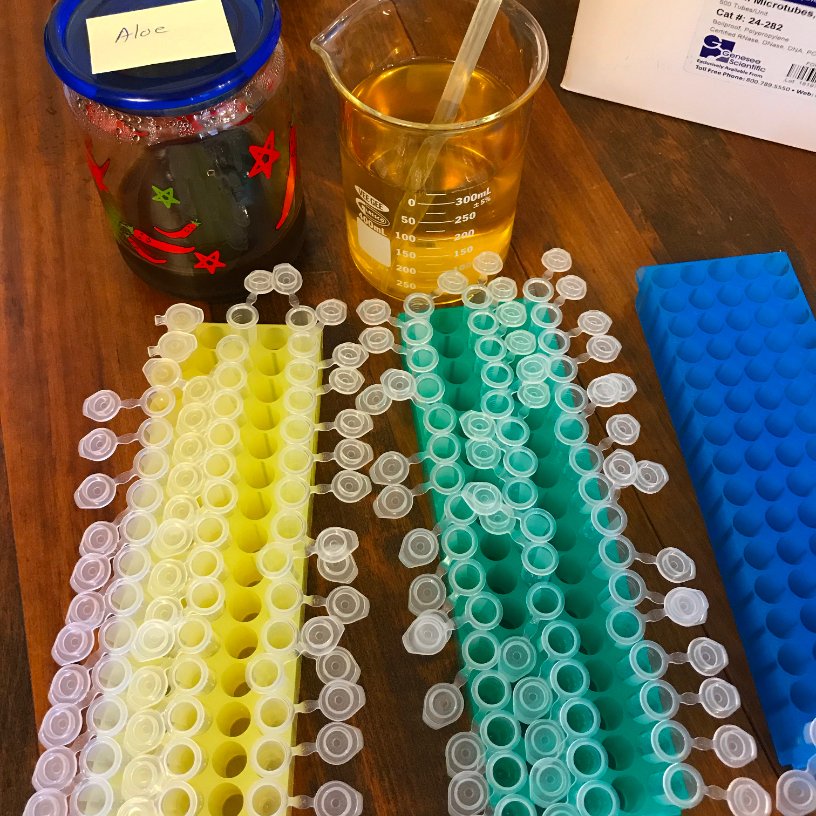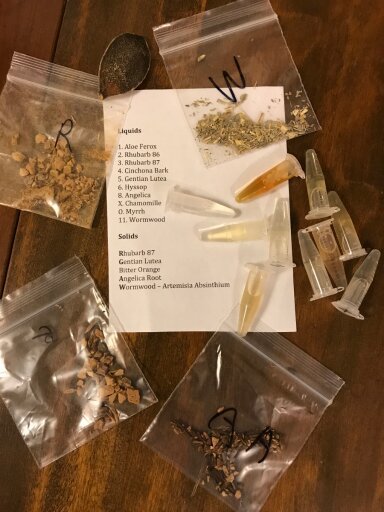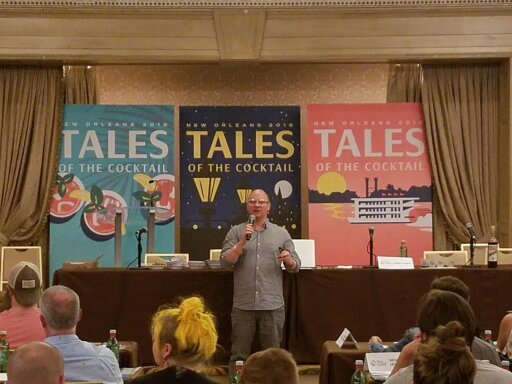This year as usual I gave a seminar at Tales of the Cocktail (well this year I gave one myself and then was on a panel for another one; this post is about the one I gave solo). This one was called Bitter Flavors: Taste the Rainbow.
The idea was to give everyone information and tasting on individual bitter flavors- particularly the major ones of quinine/cinchona, wormwood, gentian, and rhubarb- because so often they're mixed together in amari and bitters. I chose for my tasting spirits that I thought were most indicative of the bitter flavors:
- Rhubarb: Zucca (they sponsored the seminar)
- Wormwood: Amaro Alta Verde
- Gentian: Saler's Gentiane
- Cinchona: Kina Aero d'Or
Plus Zucca wanted to feature a couple of cocktails, so at just 1 sample of each type of bitters I was worried that I wouldn't be able to ensure everyone could really isolate each type of bitter flavor.
So, as is my way, I panicked and went way overboard on homemade samples. By the end, everyone at their seat had 2 cocktails, 4 bitter beverages, 10 microtubes of bitter tasting samples, and 5 bitter solids.
The preparation took me (along with help from my pal Maria) dozens of hours. I made infusions of various bitter flavors in alcohol, then diluted those down with water so they were essentially non-alcoholic. Then we put them all in microtubes and the solids in little baggies (luckily I live near a bong store), labelled them all, and then made an index and assembled ziplocks of everything.
Oh, and I also created a print-out of most popular vermouth and amaro brands, and what the known and suspected bittering agents are in each. That project took me another 20 hours or so. Sometimes I think I might go too far.
So during the seminar we now had plenty to taste and in the case of those big four bitter flavors, a finished product to confirm that taste in a product they could find on the shelf. The seminar seemed to go really well (we'll see when I get the reviews back) and I certainly felt everyone got their money's worth- a big fear of mine when I'm presenting.
I'm not sure that I'll ever do this seminar again in this format, but I may put together an ebook of some sort with the information from the seminar in it.
